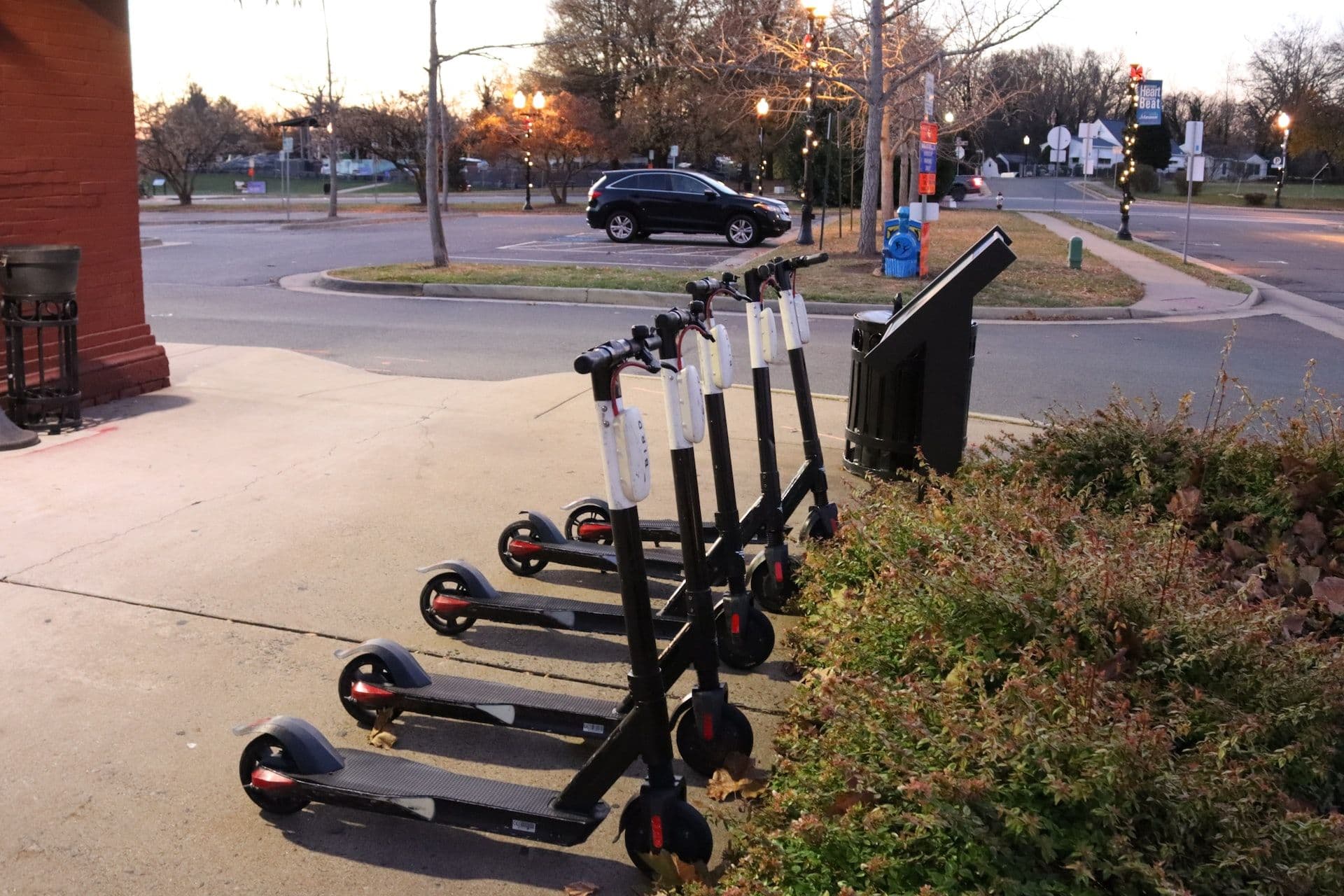blog
Understanding Micro Mobility
Aditya Shyam Bazari, VC Investment Associate
20 March 2023

If you are a Londoner, you would’ve definitely come across scooters and bicycles of micro-mobility start-ups such as Bird, Tier, Voi, and Dott either operating on the streets or parked near tube stations. Micro-mobility today is a mature business model which has received widespread acceptance in Europe and North America. From one city to another, the companies which operate these devices might change, but the scooter-sharing concept remains the same.
Micro-mobility was hugely popular amongst European VCs in 2021. The industry has received over $5bn in investments globally as per a report from Crunchbase. Bird Micro-mobility (a Florida based company) listed on NYSE at a massive market cap of $2.3bn in 2021 - with FY21 Revenue of just $191m (Revenue Multiple ~ 12) and Adjusted EBIDTA Losses of $81m. In recent times, the long-term profitability of this business model is under question. In Nov’22, Bird Micro-mobility warned its investors that it could go bankrupt if it isn’t able to raise additional capital. Since its listing, it has lost over 97% of its value and is trading at a market cap of just over $60m!
While most players in this space are struggling, there are a few handful scooter-sharing businesses which are not just surviving, but are also profitable - such as Lime. So, how have the successful incumbents fared better than their competitors? What are the key factors that drive fundamental valuation in this business model? Here are a few:
-
Utilization rate - Utilization rate, in very simple terms, is a measure of how often a scooter is being used. Most of the micro mobility start-ups calculate this as the number of rides per scooter per day. This is perhaps one of the most important KPIs of such businesses as it strongly impacts the unit economics per scooter for a company. For instance, Bird’s average number of rides per scooter per day has come down from 2.5x in 2019 to 1.6x in 2021, strongly impacting the company’s profitability. In such scenario, even if the per-ride profit of the company improves, the per-scooter profit won’t improve (until reaching 2.5 ÷ 1.6 = 1.73x improvement in per-ride margins).
-
Scooter Lifetime - The lifetime of a scooter impacts the depreciation schedule of these assets - or in other words, an approximate depreciation in the scooter’s value after every ride that is completed. This is a non-cash expense and is very often overlooked. As the technology improves and the robustness of the devices increase, the average lifetime of scooters starts to improve. For instance, a few years ago, most of the scooters were fragile and commanded a lifetime of only 2 years. Today, most of the scooters seen on the roads have a depreciation lifetime of over 4 years.
-
Licensing - Launching operations in a particular location requires approval and licensing from the concerned authorities. Each geography differs in regulatory requirements and the perceived “barrier to entry”. While some cities have strict rules regarding parking stations and usage, others are more lenient. Furthermore, the recent competition in the micro mobility space has triggered a cut-throat competition with several companies going after every major city within its operational reach. Obtaining “tough-to-get” licenses requires a strong value proposition for local authorities such as - designated parking, eco-friendly devices, safety mechanisms etc.
-
Scooter Technology - While such scooters and bicycles have already been highly commoditized, there still lies a margin of technological advancement which can significantly impact the operation costs associated with these businesses. For instance, moving to swappable batteries has dramatically reduced operational overheads for most micro mobility start-ups. Instead of ferrying scooters to and from charging locations, batteries can be easily changed on the spot - reducing logistical expenses, improving operational efficiency, and reducing emissions.
-
Cyclicality – As expected, scooter-sharing businesses have a highly cyclical nature. For example, more than half of the annual revenues of such companies are generated in June, July, August, and September in Europe – primarily driven by weather conditions and tourism. Cyclicality effect might differ significantly from city to city in terms of impact and timings. For example, Dubai, Lisbon, and Dublin might see very different patterns across the year. As a result, the effect of cyclicality must always be taken into account and “annualized” metrics must be used very carefully while evaluating such start-ups.
While these are the major factors, there are several other KPIs which are also usually assessed to understand the operational performance better - such as “app download to ride conversion ratio” (indicating vehicle availability), commute account composition (consisting of use cases such as daily commute, last-mile commute and leisure), vehicle rebalancing infrastructure and analytics (to move the vehicles as per real-time demand analytics) etc.
Micro-mobility has received widespread acceptance and significant investments in the past. Since then, the industry has evolved tremendously with major changes such as scooter-hardware upgrades, regulated market entries, increasing competition etc. However, the recent struggle of some large players have raised questions on the sustainability of this business model. There are some key factors which impact the overall performance of these businesses - such as the ones mentioned above, but there is certainly immense room for innovation and upgradation. We can certainly expect to see some consolidation in this market in the near future but it still remains to be seen how the micro-mobility industry will evolve (and hopefully survive!) in the coming years.